The Bolshoi Ballet’s wunderkind ballerina Natalia Osipova defied received wisdom when, in 2012, she cast off from the great Moscow company with her equally prodigious then boyfriend and partner Ivan Vasiliev to go freelance. Without the Bolshoi’s unmatched support system, its coaching and opportunities, its reputation behind her, protested the Russian media, how could she thrive?
Much the same was said over here the following year when the Royal Ballet’s precocious young star, the matchlessly graceful, imperiously aquiline Sergei Polunin thumbed his nose at a cornucopia of Covent Garden leading roles and skipped off to an uncertain future trailing behind him incoherent tweets about wanting to run a tattoo parlour.
While Polunin attempted to find himself in handsome pop videos and fashion shoots, Osipova and Vasiliev were capitalising on their fame as ballet’s Brangelina and did a contemporary ballet programme in 2014, Solo for Two, where she in particular could express herself, as the saying goes. But then — shock horror — they split up.
Last summer the thing many ballet goers fantasised about, and many others dreaded, happened: the two world famous rebels, Osipova and Polunin, met and fell in love. And now they only want to dance with each other. Brangelina II. Maybe even bigger than Brangelina I.
All this is essential background to the new Osipova programme produced by Sadler’s Wells, which is as suggestively autobiographical as her earlier one with Vasiliev, using two of the same choreographers and attempting much the same argument — which is that she wants to emulate Sylvie Guillem’s versatility as a muse to contemporary choreographers, while celebrating her romantic partnership.
There are two problems. First, Osipova and Polunin are above all extraordinary classical dancers in their prime, and are too young to be ready for Guillem’s sort of commitment to a different physical world. We saw that in their dancing last week, but more tellingly in the compromises in the creations themselves by the often excellent Sidi Larbi Cherkaoui, Russell Maliphant and Arthur Pita. Was it a question of dancers calling the shots? (As Guillem once notoriously yelled at Kenneth MacMillan at the Royal Ballet, ‘I am the star, not you.’)
The other thing is that the stage is a workspace, not a bedroom, and however deeply Osipova and Polunin may be in love (as we are invited to believe), they exuded a rather daunting self focus and detachment from each other, quite unlike the daring, intimate complicity that crackled between her and Vasiliev, even if their relationship was on the skids by then. Then again, this is the first time that Brangelina II have danced together, and it may all look more committed at later dates in Edinburgh, London and New York.
The whole bill has a very odd sense of déjà vu as well. The opener is an Arab inflected Cherkaoui trio for Osipova, James O’Hara and Jason Kittelberger, Qutb, lit dustily under a solar eclipse, with the air full of keening violins and Sufi song. Osipova, wearing derelict jeans and a filthy vest, is handled like a gymnastic bauble by the men, who are much more adept at the floor based idiom than she is at the moment. The slow, convoluted writhings were strikingly similar to the slow, convoluted writhings of the Cherkaoui trio I saw the previous week with L.A. Dance Project.
Russell Maliphant’s silky creations for and with Guillem, pushing lifts and mutual balances to thrilling risks within Michael Hulls’s fantastically dramatised lighting, opened doors for all of them, so maybe Osipova was hoping for the same for her and Polunin, something easy enough to shrug on between her classical dates without too much time taken. But it’s not that easy to shrug on, and I reckon the starry pair didn’t give too much time to Maliphant to explore the potential of their partnership — her arresting unconventionality, his superlative conventionality.
The resulting duet, Silent Echo, is Maliphantine, rather than the real signature. Some glorious moments — a series of double spins, a startlingly beautiful leap or two from both — but Osipova’s solo feels as if Guillem’s long body had been lingering in Maliphant’s thoughts as he made it, rather than the Russian’s impish electricity. And Polunin shows his lack of form, wobbling out of slow moves.
You have to hark back once again to the Osipova/Vasiliev programme to explain Pita’s Run, Mary, Run, which is a hesitant retread of the murderous wedding in Pita’s Facada that Osipova requested. There’s the squelch of dancer indulgence all over it. It is another tale of doomed love, told backwards with a very jolly soundtrack of teenage tragedy pop by the Shangri Las linked by Frank Moon’s twanging gee tars. Osipova, playing Sixties trailer trash with an amazing henna beehive, glues herself submissively to the morbidly glamorous, drug addicted Polunin in his favourite James Dean persona. They are great, great classical dance actors, but here they have little to dance. Without dance, they can’t really act. It’s all somewhat lowering.
Got something to add? Join the discussion and comment below.
Get 10 issues for just $10
Subscribe to The Spectator Australia today for the next 10 magazine issues, plus full online access, for just $10.

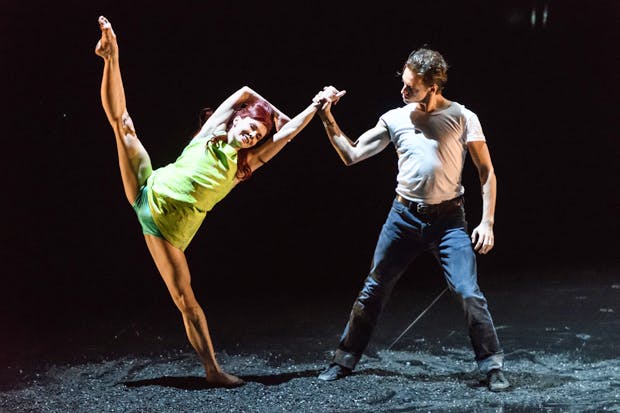
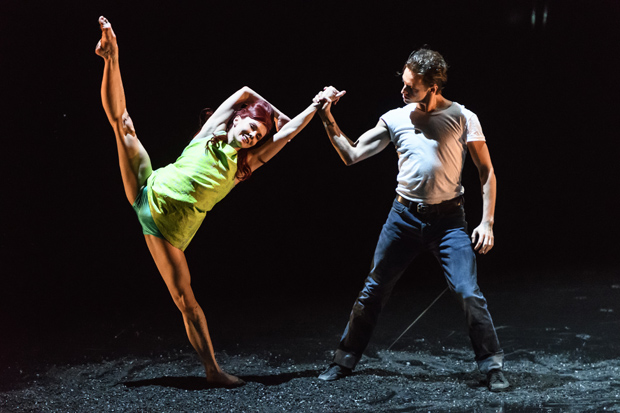
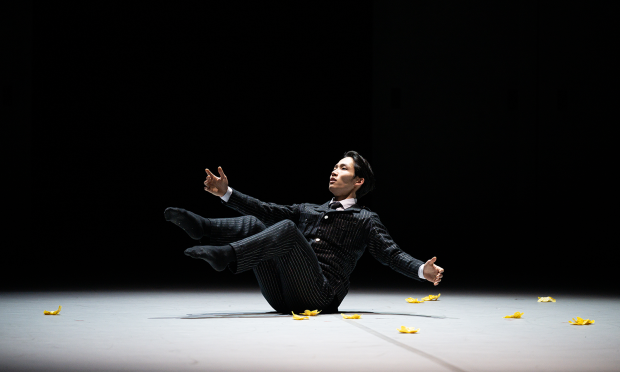
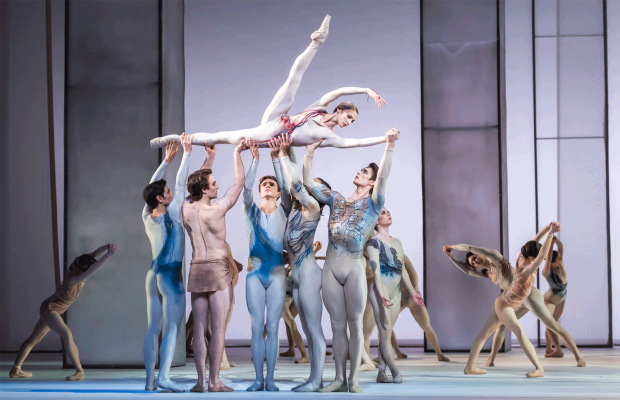

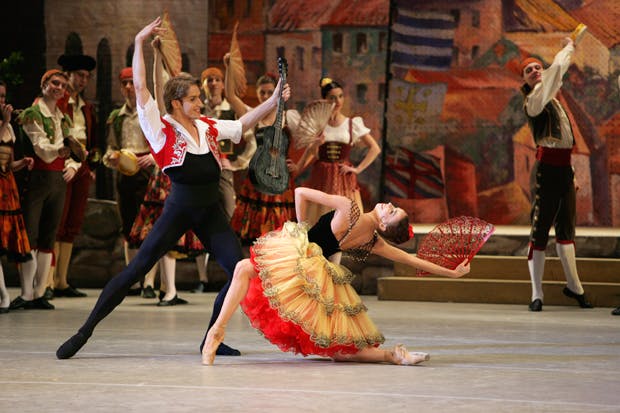
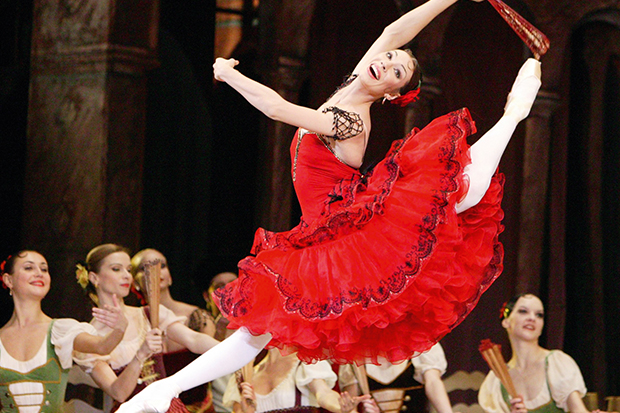






Comments
Don't miss out
Join the conversation with other Spectator Australia readers. Subscribe to leave a comment.
SUBSCRIBEAlready a subscriber? Log in